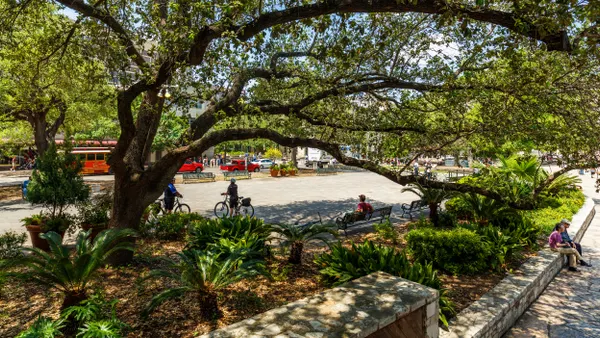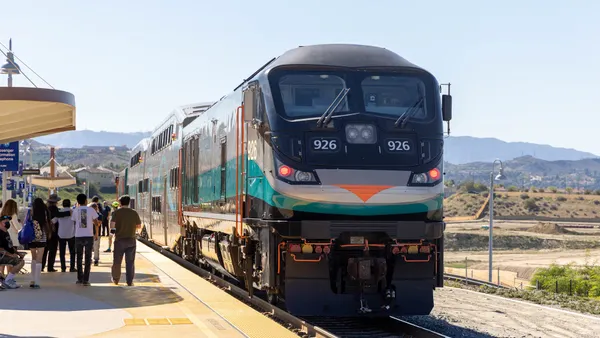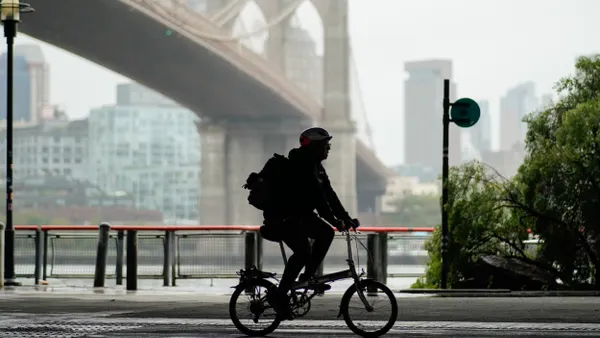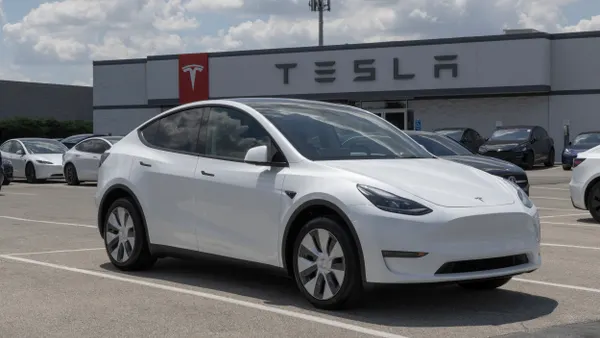Dive Brief:
- Chicago has partnered with navigation app Waze and parking space app SpotHero to ensure connectivity and navigation system capability in tunnels or multi-level street environments.
- The Chicago Department of Transportation owns and has installed 400 beacons along the city's multilevel and underground roads. The beacons will emit signals to provide Bluetooth-enabled connectivity in areas where GPS signals cannot reach. The devices do not collect data.
- The Waze website indicates the beacons each cost $28.50, and each mile of tunnel requires 42 devices. SpotHero funded the installation. Ongoing use of the devices is free, including for other navigation systems.
Dive Insight:
The Chicago Sun-Times reports the devices are about two inches by two inches and are placed about 100 feet apart. They will be placed out of easy reach to avoid theft and tampering. Each beacon contains a battery expected to last five years.
Chicago represents an ideal city to install the beacons because of its large number of infrastructure-based challenges to mobile device connectivity. The city has a number of roadways through tunnels, which are structures notorious for interfering with navigation connections.
The second challenge which makes Chicago an ideal testing ground for enhanced navigation connectivity is that downtown streets and buildings along the branches of the Chicago River have been built at multiple elevations. Some streets are located at river level, while others are higher and connect to bridges over the river, establishing double- and triple-decker roadways. The multi-tiered structure creates directional confusion because certain streets are at both levels yet use the same name; therefore building addresses may have "upper" or "lower" designations.
The multi-level roadways also cause blackouts to GPS-based navigation system connections, adding another layer of difficulty to maneuvering the already-confusing, lesser-lit lower roads, several of which lead to hard-to-find parking garages.
The beacons present an innovative solution to a years-old problem. They have the potential to improve safety and secondarily reduce traffic congestion caused by distractions or accidents when drivers lost navigation signals.











